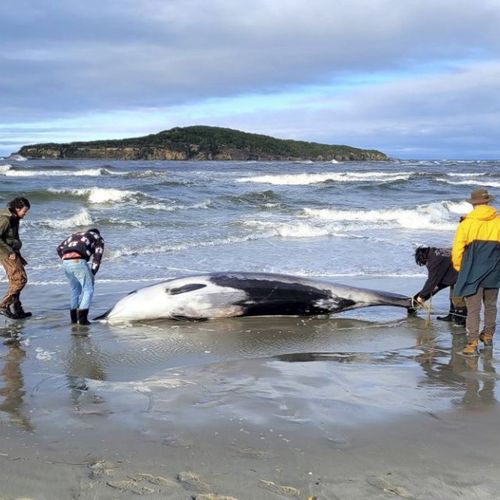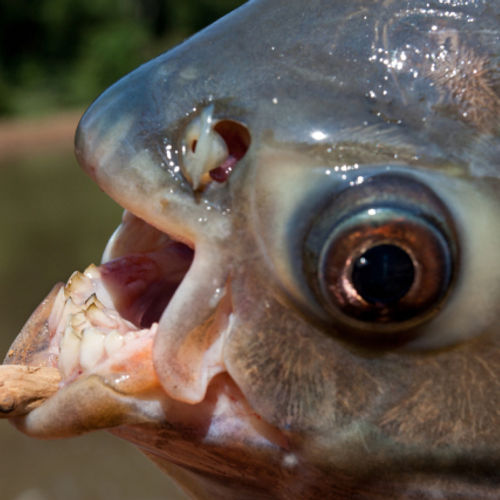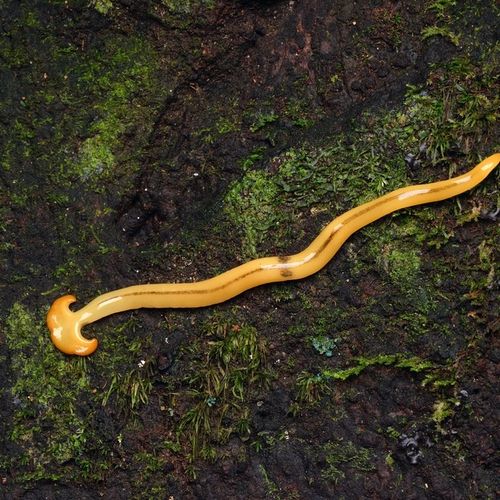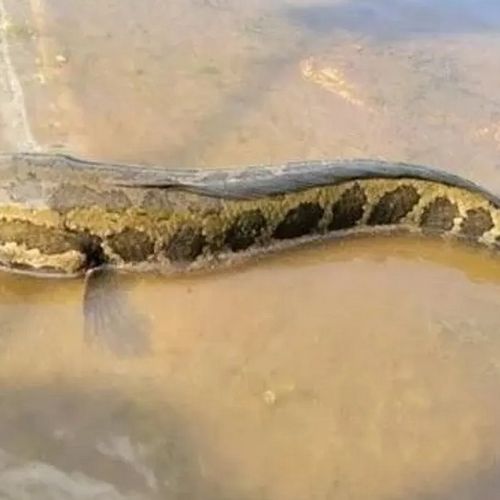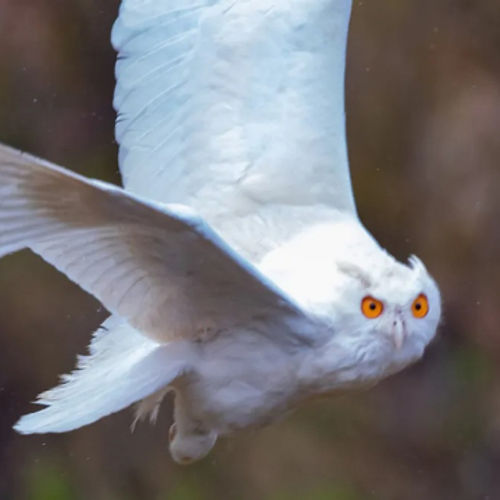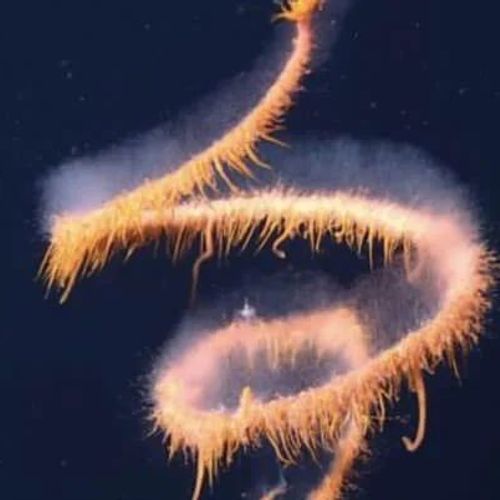
| Added | Mon, 07/03/2022 |
| Источники | |
| Дата публикации | Mon, 07/03/2022
|
| Версии |
For many, this will be an unexpected discovery, but until the second half of the XX century, people did not know what creatures live in the depths of the seas and oceans. Much of what we know about them today, we owe to the French researcher Jacques-Yves Cousteau, who invented modern scuba diving, made about a thousand dives and showed the beauty of the water depths in his documentaries. But there really is something to see. As an example, we can cite siphonophores, which are something similar to a giant snake or a scolopendra. These creatures, depending on the species, live at a depth of 600 to 2,300 meters, where they are under great pressure. If you raise them to the surface, they cannot withstand a sharp change in environmental conditions and die. Therefore, it is possible to observe them only with the help of deep-sea vehicles. Recently, a beautiful video with these creatures appeared on the Internet. I think this is a great reason to learn more interesting information about them.
In fact, each siphonophore is not one living being. In the course of many studies, it was found out that this is a whole colony of many thousands of living creatures that are united into one body. Generally speaking, these tiny creatures are hydroid drainers. A collection of tiny organisms is called a cenosark, and each individual organism is referred to as a zooid. At the moment, 160 species of siphonophores are known to exist, and almost all of them live in the waters of the tropical regions of our planet.
An interesting fact: each colony of siphonophores can reach tens of meters in length. The largest colony of deep-sea creatures had a length of 47 meters — it was found off the coast of Australia in 2020. My colleague Lyubov Sokovikova told about this discovery — in fact, the siphonophore found is the longest animal in the world.
To understand what each siphonophore is, imagine a thread on which beads are impaled. In the middle of each colony there is a tube that plays the role of a single digestive system. It is to this tube that the zooids mentioned above are attached. As the "head" of the siphonophores, a pneumatophore is used — an organ that is equipped with a gas cavity. In this container there is a large concentration of carbon dioxide and carbon monoxide gases, which help the colony to regulate buoyancy and thereby float in the water. Also, the siphonophores move with the help of swimming bells located below the pneumatophore. They move and regulate the position of the organism in the water space.
Like many other deep-sea creatures, siphonophores have bioluminescence - the ability to glow in the dark
Zooids attached to the digestive tube ensure the capture of food and nutrition of the entire colony. Some of the tiny creatures are equipped with fishing threads up to 10 meters long, and this is not an exaggeration. Depending on the species, siphonophores reproduce sexually or asexually.
Unfortunately, all of the above is all that can be said about these amazing creatures. As I have already said, it is possible to get them to the surface, they die due to a sharp change in environmental conditions. There are quite a few videos with these creatures on the Internet, but recently researchers from the Monterey Bay Aquarium managed to shoot one of the most colorful of them. To create such a video, they used a deep-sea robot equipped with several high-resolution cameras. But the removal of a colorful video sequence is not the main task of scientists — during the observations they want to learn more information about how they move in the water space.
Новости со схожими версиями
Log in or register to post comments



